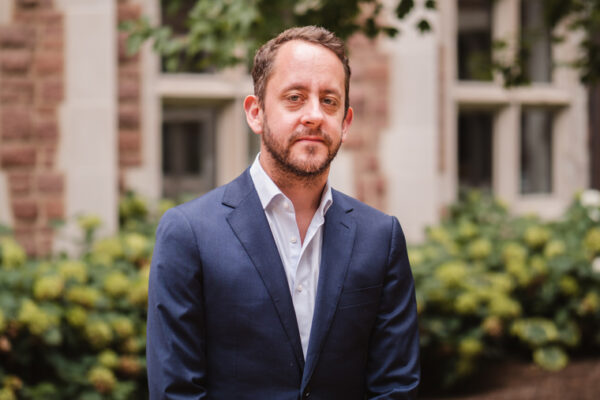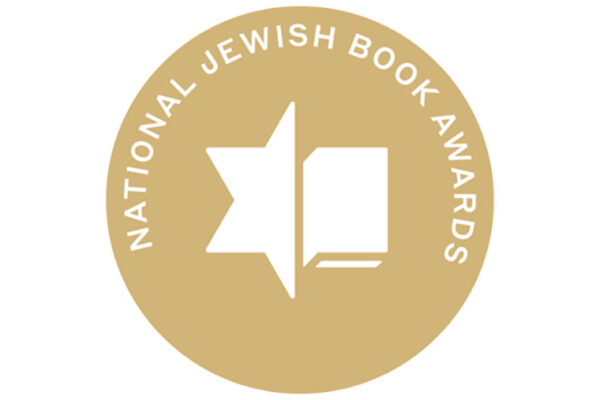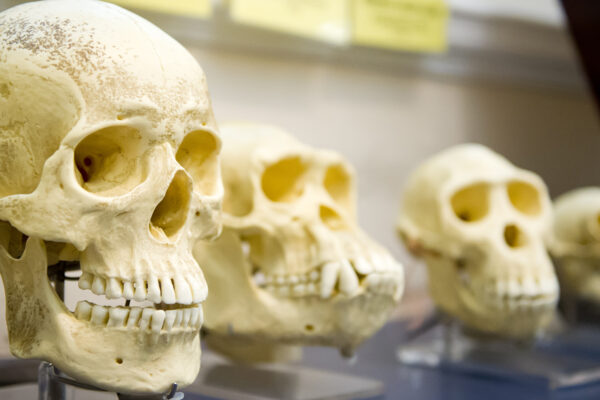Kool named a ‘Rising Star’ by psychological association
Wouter Kool in Arts & Sciences was named a “Rising Star” by the Association for Psychological Science, an honor given to outstanding psychological scientists in the early stages of their postdoctoral research careers.
‘I Made This’: The story behind a student musician
In the debut of The Record’s new series, “I Made This,” senior J.T. Bridges shares the story behind his song “Discord,” which he recorded at the Harvey Media Center with the help of student group High Note Music Industry Collective. Like contemporary stars Daniel Caesar and Khalid, Bridges specializes in chill R&B with earnest lyrics and acoustic rhythms.
Board of Trustees grants faculty appointments, promotions
At the Washington University in St. Louis Board of Trustees meeting Dec. 6, several faculty members were appointed or promoted with tenure, with most becoming effective Jan. 1.
Berg wins National Jewish Book Award
Nancy Berg, professor of Hebrew language and literature in the Department of Jewish, Islamic and Middle Eastern Studies in Arts & Sciences, has won a National Jewish Book Award for best anthology for the 2018 book “What We Talk About When We Talk About Hebrew (and What It Means to Americans).”
Colten, Tran win RAC Artist Fellowships
Photographer Jennifer Colten, senior lecturer in the Sam Fox School of Design & Visual Arts, and Paul Tran, a senior poetry fellow in the Writing Program in Arts & Sciences, both at Washington University in St. Louis, have won 2019 Artist Fellowships from the Regional Arts Commission of St. Louis.
Center for the Humanities faculty fellows named
The Center for the Humanities in Arts & Sciences at Washington University in St. Louis recently announced its 2020-21 cohort of faculty fellows.
Green in tooth and claw
Hard plant foods like seeds and nuts may have made up a larger part of early human ancestors’ diet than currently presumed, according to a new experimental study of modern tooth enamel from anthropologists in Arts & Sciences.
Black workers’ status in a company informs perceptions of workplace racial discrimination
Based on 60 in-depth interviews with black medical doctors, nurses and technicians in the health care industry, a new study from Washington University in St. Louis finds that wherever black workers are positioned in an organization — top, middle or bottom — informs and shapes their impressions about workplace racial discrimination.
Catching up with SuperTIGER, 130,000 feet above Antarctica
A balloon-borne scientific instrument designed to study the origin of cosmic rays is taking its second turn high above the continent of Antarctica three and a half weeks after its launch.
Border walls obstruct legal trade by one-third, ‘divert’ illegal trade
Political scientist David Carter co-authored a study of more than 50 barriers erected around the world, most of which have emerged since 2001. He and his co-author at the University of Chicago found that legal trade plummets up to 31% as a result of constructing a wall between two neighboring countries.
View More Stories









